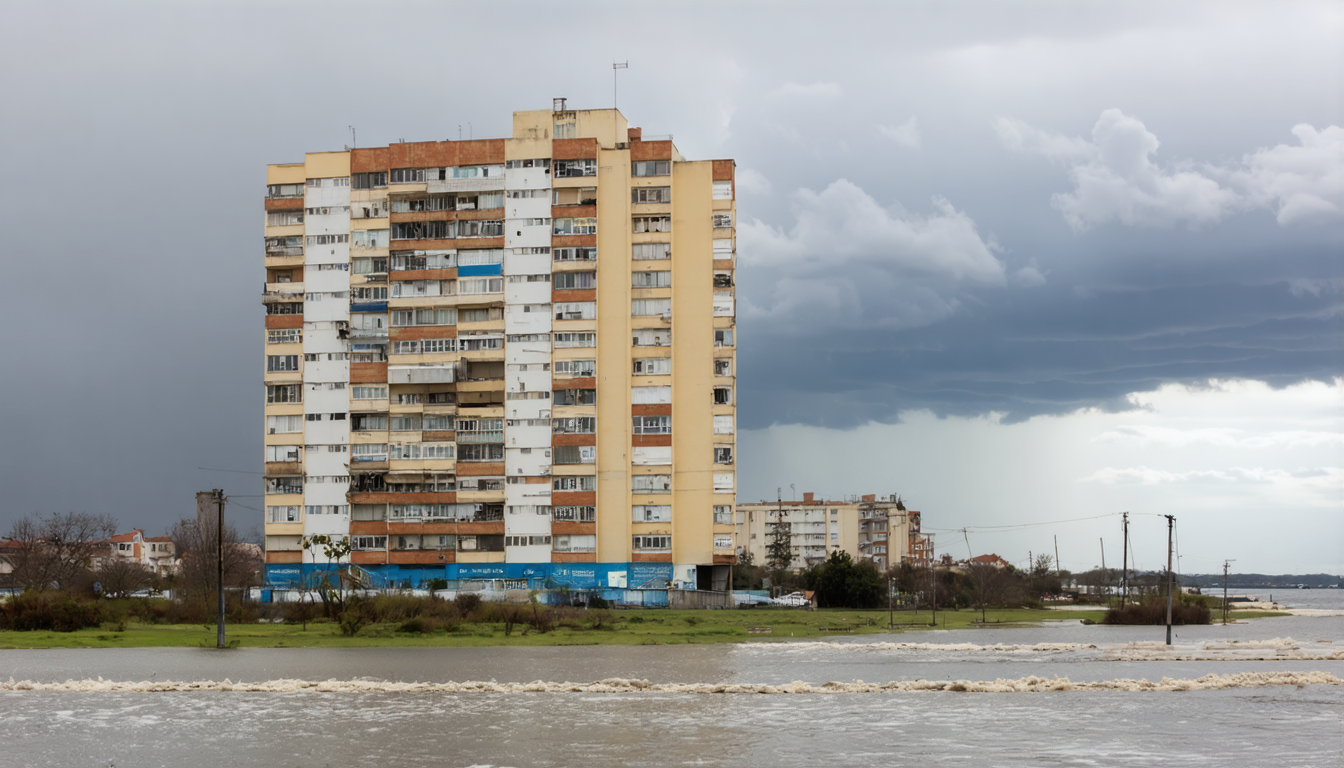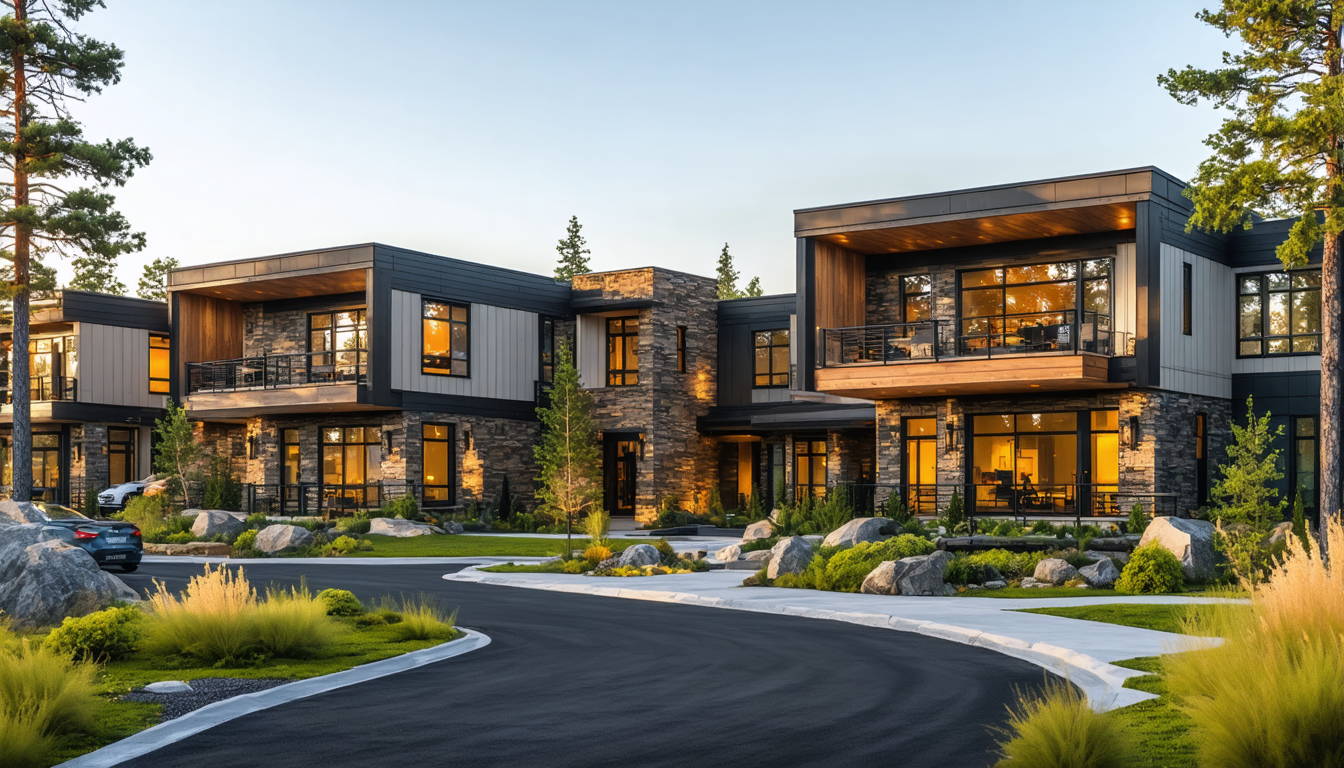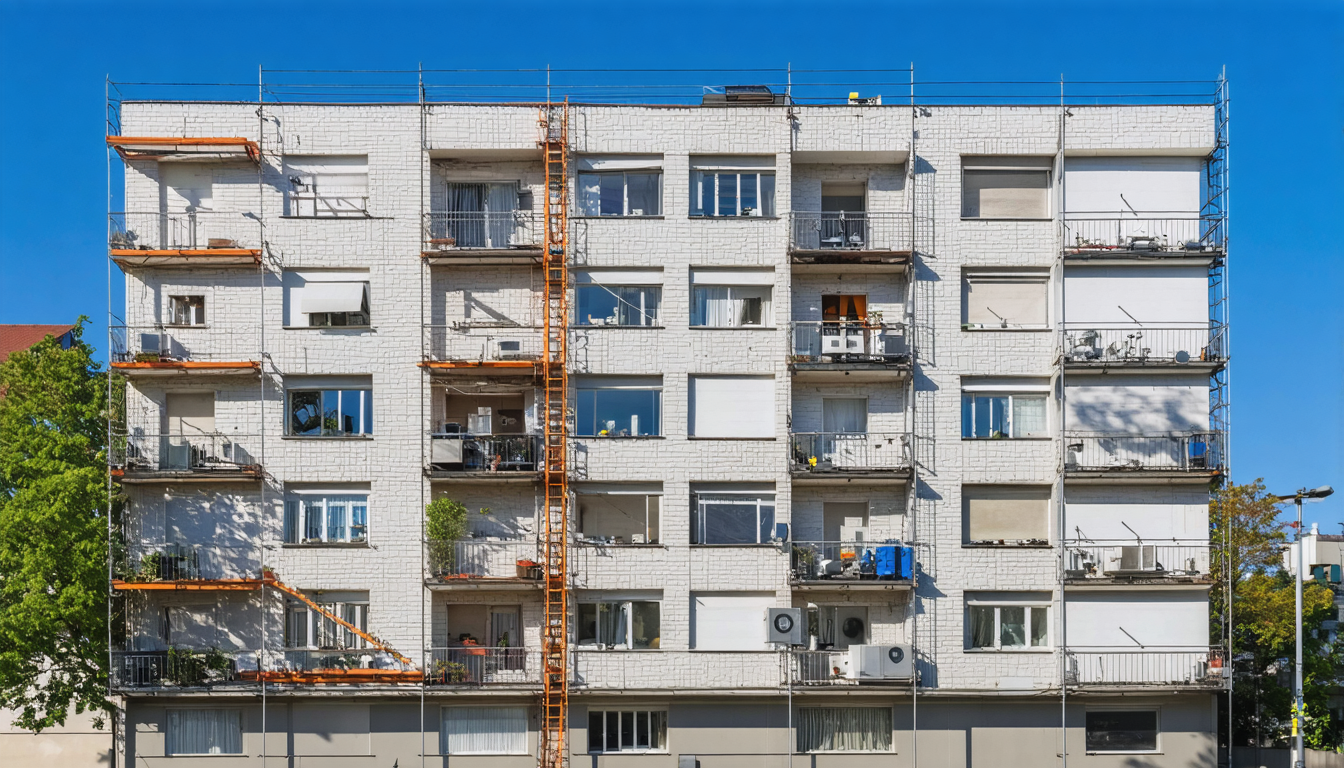- Evaluating the Role of Environmental Hazards on Apartment Building Insurance Costs
- Understanding the Spectrum of Environmental Hazards
- Quantifying the Impact: How Environmental Risks Influence Insurance Premiums
- Case Studies: Environmental Incidents and Their Financial Repercussions
- Regulatory and Compliance Considerations in Risk Assessment
- Engineering and Structural Modifications to Mitigate Environmental Risks
- The Role of Technology in Monitoring and Evaluating Environmental Hazards
- Strategies for Reducing Insurance Costs Through Risk Management
- Lessons Learned: Best Practices from Industry Leaders
- Future Outlook: Emerging Trends in Environmental Risk and Insurance Pricing
- Conclusion
1. Evaluating the Role of Environmental Hazards on Apartment Building Insurance Costs
Environmental hazards have become a significant factor affecting apartment building insurance costs. Whether it is flooding, earthquakes, wildfires, or other risks, these hazards influence the premium rates property owners face.
To navigate today’s complex market, building owners must understand the range of environmental dangers and assess their potential financial consequences. This article walks through the various dimensions of environmental hazards and offers practical advice for mitigating risks and reducing insurance costs.
2. Understanding the Spectrum of Environmental Hazards
Environmental hazards come in many forms and affect different regions in unique ways. Common hazards include tree root damage, soil erosion, nearby industrial contamination, flood risks, seismic activity, and wildfires. Each risk has its own set of indicators and predictable patterns.
For example, coastal areas often experience higher premiums due to frequent hurricane threats, while buildings in seismic zones require specialized construction to withstand tremors. Apartment building owners must conduct thorough environmental assessments to identify local vulnerabilities before insurers evaluate their risk levels.

3. Quantifying the Impact: How Environmental Risks Influence Insurance Premiums
Insurance companies use data-driven models to calculate premium rates based on the likelihood and severity of potential hazards. When an insured property is in an area prone to environmental risks, insurers factor in repair costs, legal liabilities, and potential loss of income due to downtime.
In high-risk areas, premiums can be significantly higher compared to regions with stable environments. Risk quantification also considers historical data from similar incidents. Accurate risk measurement not only helps insurers price policies appropriately but also prompts building owners to invest in risk management solutions that may lower these costs over time.
4. Case Studies: Environmental Incidents and Their Financial Repercussions
Case studies provide concrete examples of how environmental incidents impact insurance costs. Consider the case of an apartment complex in a flood-prone area that experienced severe water damage during a seasonal storm. Following the incident, insurance premiums for surrounding properties soared as insurers recalibrated their risk models.
Similarly, a building situated near industrial facilities suffered contamination issues, leading to extensive repair costs and high insurance claims. These real-life examples highlight that investing in preventative measures can have immediate financial benefits by reducing the likelihood of claims and subsequent premium increases.
5. Regulatory and Compliance Considerations in Risk Assessment
Environmental hazards are not only a market-driven concern; they are also a matter of regulatory compliance. Many jurisdictions have strict building codes and environmental regulations designed to mitigate risks related to natural and man-made hazards. Apartment building owners must ensure their properties comply with local, state, and federal guidelines.
Non-compliance can lead to fines, regulatory sanctions, and increased vulnerability to environmental incidents. Insurers factor compliance into their risk assessment models. Buildings that demonstrate adherence to these regulations often benefit from lower premiums due to the reduced risk profile.

6. Engineering and Structural Modifications to Mitigate Environmental Risks
An effective way to control insurance costs is to invest in engineering and structural modifications. Upgrades such as improved drainage systems, seismic retrofitting, fire-resistant materials, and flood barriers can dramatically reduce a building’s exposure to environmental hazards.
These modifications not only protect the property but also signal to insurers that the risk has been reduced. For instance, a building upgraded with modern fire suppression systems may qualify for significant premium discounts compared with non-upgraded structures in similar areas. Retrofitting older buildings to improve their resistance to environmental hazards is an investment that yields both immediate and long-term savings.
7. The Role of Technology in Monitoring and Evaluating Environmental Hazards
Advancements in technology have transformed how environmental risks are monitored and managed. Smart sensors and IoT devices can detect early signs of moisture buildup, structural weaknesses, or hazardous air quality changes. Data analytics and predictive modeling allow building owners and insurers to forecast potential issues before they cause significant damage.
Technologies like Geographic Information Systems (GIS) enable precise mapping of environmental risks over time, which is essential for planning and risk assessment. By investing in technology for continuous monitoring, apartment building owners can proactively address hazards, thereby reducing the likelihood of expensive claims and lowering insurance premiums.

8. Strategies for Reducing Insurance Costs Through Risk Management
Risk management is a critical element in reducing insurance costs for apartment buildings. Proactive planning includes comprehensive environmental assessments, regular maintenance, and immediate correction of identified vulnerabilities.
Insurance companies reward property owners who adopt risk management strategies with lower premium rates. Some actionable strategies include performing annual risk audits, investing in disaster-proofing measures, and training staff to handle emergencies effectively.
Additionally, diversifying coverage through specialized riders can further protect properties against unforeseen environmental hazards. Emphasizing preventive care can transform a building’s risk profile from high to moderate or even low, with corresponding financial benefits.
9. Lessons Learned: Best Practices from Industry Leaders
Industry leaders in property management and insurance have demonstrated that mitigation efforts pay off over time. Portfolio managers who invest in environmental sustainability and risk management frequently report lower overall costs and fewer claims. One best practice is to collaborate with environmental engineers when planning building renovations.
Their expertise helps ensure that emerging risks are identified and addressed before they become problematic. Another lesson learned is the importance of transparent communication between building owners, insurers, and tenants.
When all parties understand the risks and the steps taken to mitigate them, there is greater confidence in the management strategies used, often resulting in better insurance terms and reliable occupancy rates.
10. Future Outlook: Emerging Trends in Environmental Risk and Insurance Pricing
The future of environmental risk management looks promising, thanks to innovations in technology and changes in regulatory frameworks. Climate change is expected to intensify many existing hazards and create new challenges for apartment buildings.
Insurers are using more sophisticated modeling techniques, which incorporate climate projections to estimate future risks accurately. As these models evolve, premium calculations will increasingly reflect real-time risk data. Additionally, there is a growing trend toward eco-friendly construction practices, which aim to minimize environmental impacts while providing robust protection against natural disasters.
New insurance products that reward sustainable practices are expected to gain popularity, further incentivizing property owners to invest in risk reduction measures.

Conclusion
Environmental hazards are a critical factor impacting apartment building insurance costs. From understanding various hazards to investing in technology and structural upgrades, building owners have several tools at their disposal to reduce risks and manage expenses.
Regulatory compliance and industry best practices not only enhance safety but also contribute to more favorable insurance terms. By taking a proactive approach, apartment building owners can minimize their exposure to environmental dangers, lowering their insurance premiums and safeguarding their properties for the future.
